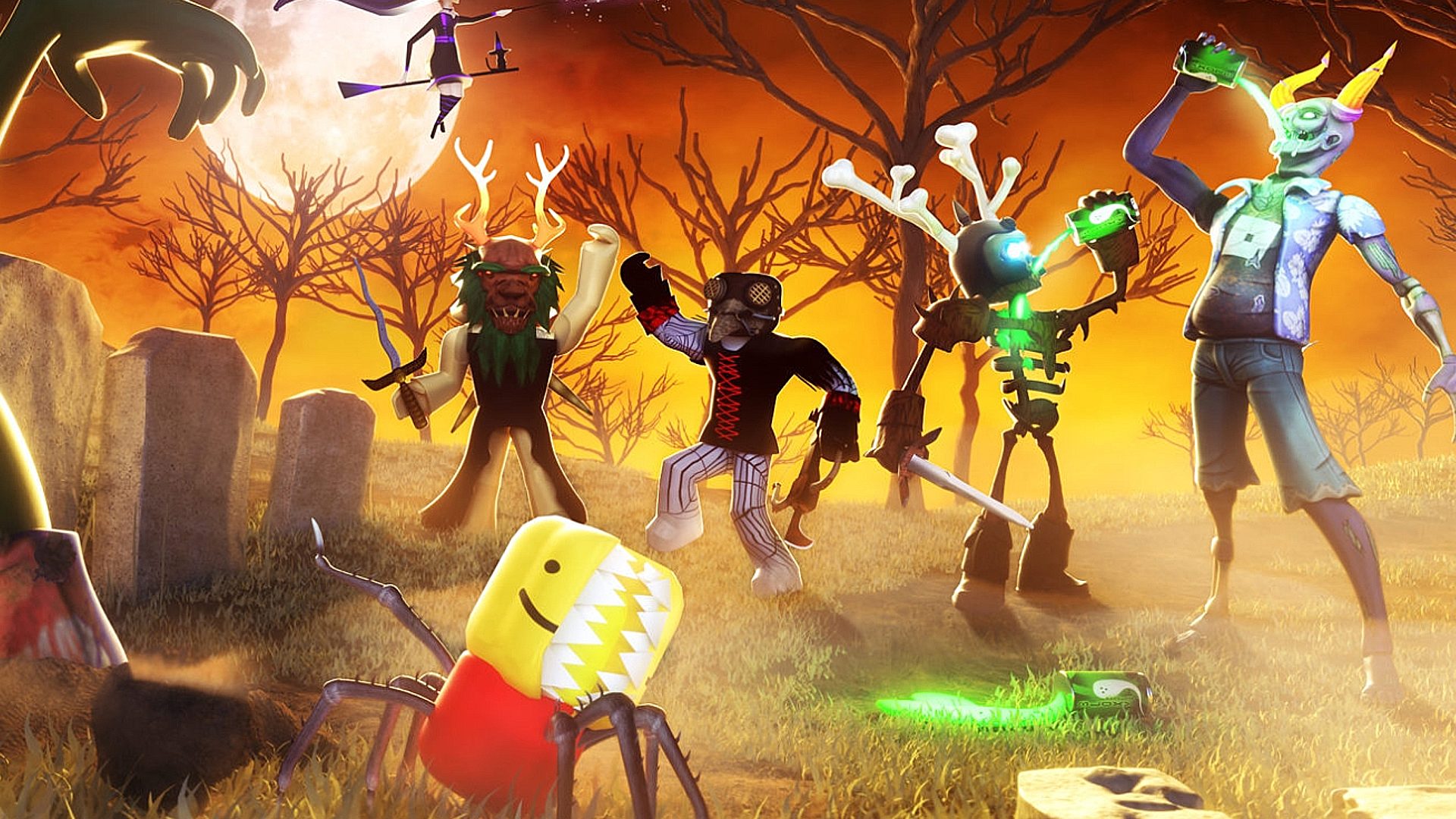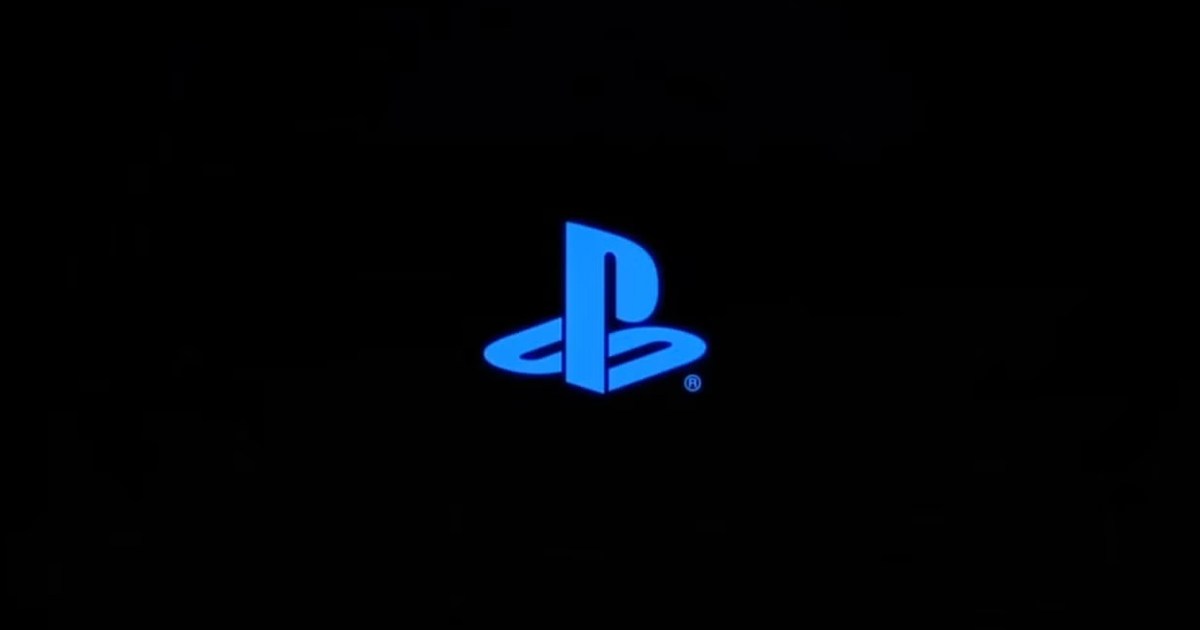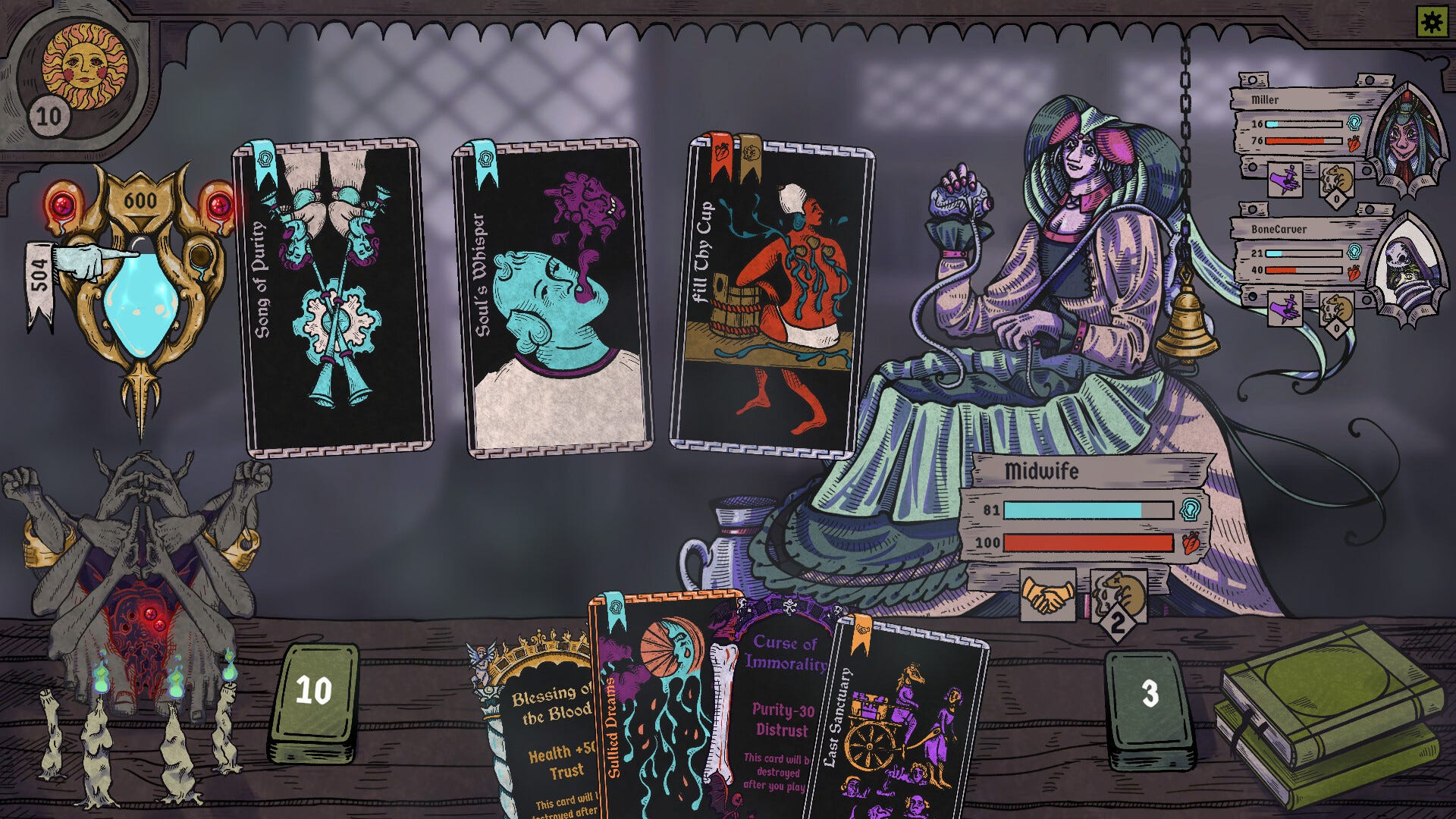Giant, Fungus-Like Organism May Be Completely Unknown Branch of Life
New research suggests that Prototaxites, once believed to be a giant fungus, may actually represent an entirely extinct and previously unknown branch of complex life, distinct from fungi, plants, animals, and protists. Live Science reports: The researchers studied the fossilized remains of one Prototaxites species named Prototaxites taiti, found preserved in the Rhynie chert, a sedimentary deposit of exceptionally well-preserved fossils of early land plants and animals in Scotland. This species was much smaller than many other species of Prototaxites, only growing up to a few inches tall, but it is still the largest Prototaxites specimen found in this region. Upon examining the internal structure of the fossilized Prototaxites, the researchers found that its interior was made up of a series of tubes, similar to those within a fungus. But these tubes branched off and reconnected in ways very unlike those seen in modern fungi. "We report that Prototaxites taiti was the largest organism in the Rhynie ecosystem and its anatomy was fundamentally distinct from all known extant or extinct fungi," the researchers wrote in the paper. "We therefore conclude that Prototaxites was not a fungus, and instead propose it is best assigned to a now entirely extinct terrestrial lineage." True fungi from the same period have also been preserved in the Rhynie chert, enabling the researchers to chemically compare them to Prototaxites. In addition to their unique structural characteristics, the team found that the Prototaxites fossils left completely different chemical signatures to the fungi fossils, indicating that the Prototaxites did not contain chitin, a major building block of fungal cell walls and a hallmark of the fungal kingdom. The Prototaxites fossils instead appeared to contain chemicals similar to lignin, which is found in the wood and bark of plants. "We conclude that the morphology and molecular fingerprint of P. taiti is clearly distinct from that of the fungi and other organism preserved alongside it in the Rhynie chert, and we suggest that it is best considered a member of a previously undescribed, entirely extinct group of eukaryotes," the researchers wrote. The research has been published on the preprint server bioRxiv. Read more of this story at Slashdot.

Read more of this story at Slashdot.

































































![Apple's M5 iPad Pro Enters Advanced Testing for 2025 Launch [Gurman]](https://www.iclarified.com/images/news/96865/96865/96865-640.jpg)
![M5 MacBook Pro Set for Late 2025, Major Redesign Waits Until 2026 [Gurman]](https://www.iclarified.com/images/news/96868/96868/96868-640.jpg)
![Apple to Revamp Health App with AI-Powered Doctor [Gurman]](https://www.iclarified.com/images/news/96870/96870/96870-640.jpg)


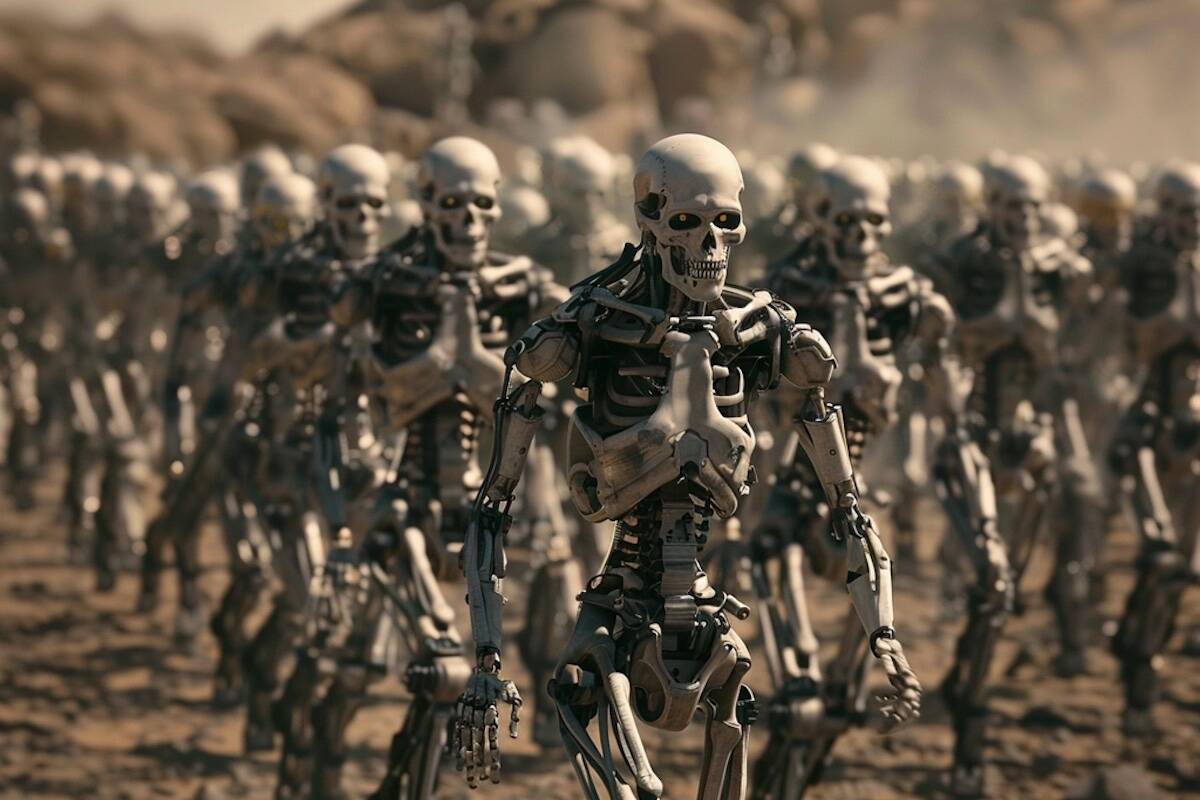












































































































































































![[The AI Show Episode 141]: Road to AGI (and Beyond) #1 — The AI Timeline is Accelerating](https://www.marketingaiinstitute.com/hubfs/ep%20141.1.png)
![[The AI Show Episode 140]: New AGI Warnings, OpenAI Suggests Government Policy, Sam Altman Teases Creative Writing Model, Claude Web Search & Apple’s AI Woes](https://www.marketingaiinstitute.com/hubfs/ep%20140%20cover.png)
![[The AI Show Episode 139]: The Government Knows AGI Is Coming, Superintelligence Strategy, OpenAI’s $20,000 Per Month Agents & Top 100 Gen AI Apps](https://www.marketingaiinstitute.com/hubfs/ep%20139%20cover-2.png)






























































































































![From broke musician to working dev. How college drop-out Ryan Furrer taught himself to code [Podcast #166]](https://cdn.hashnode.com/res/hashnode/image/upload/v1743189826063/2080cde4-6fc0-46fb-b98d-b3d59841e8c4.png?#)






![[FREE EBOOKS] The Ultimate Linux Shell Scripting Guide, Artificial Intelligence for Cybersecurity & Four More Best Selling Titles](https://www.javacodegeeks.com/wp-content/uploads/2012/12/jcg-logo.jpg)









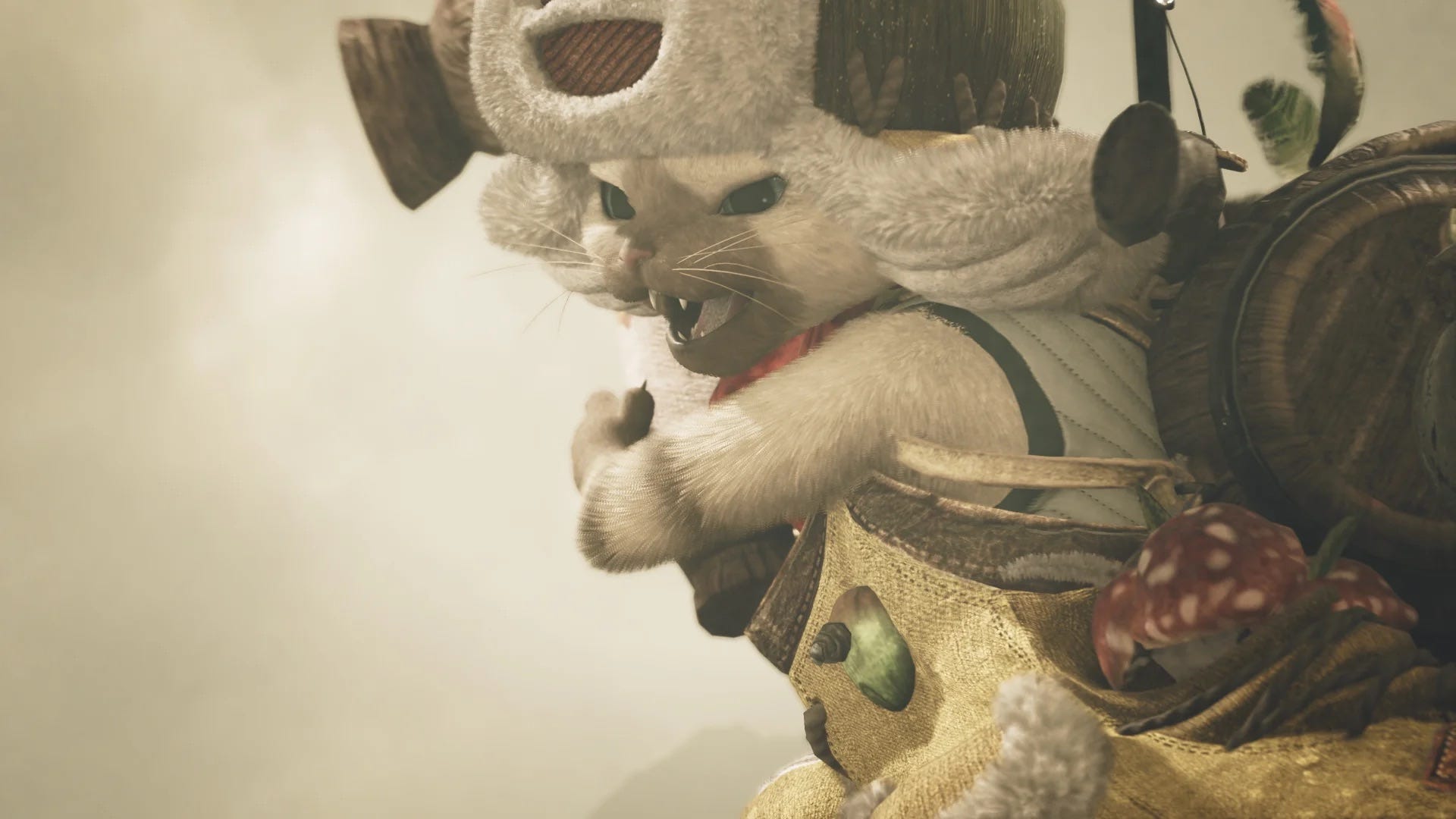









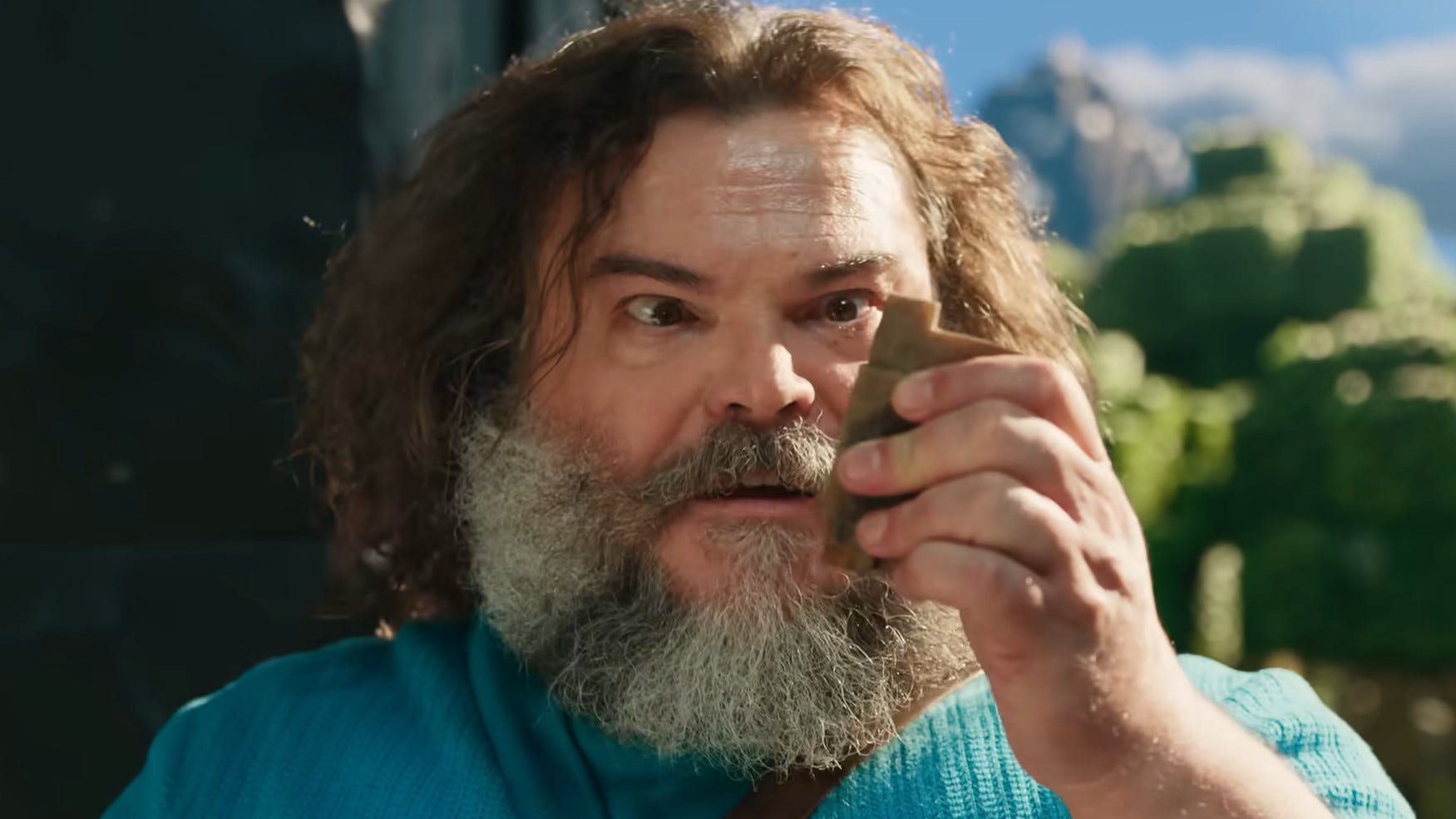


.jpg?width=1920&height=1920&fit=bounds&quality=80&format=jpg&auto=webp#)

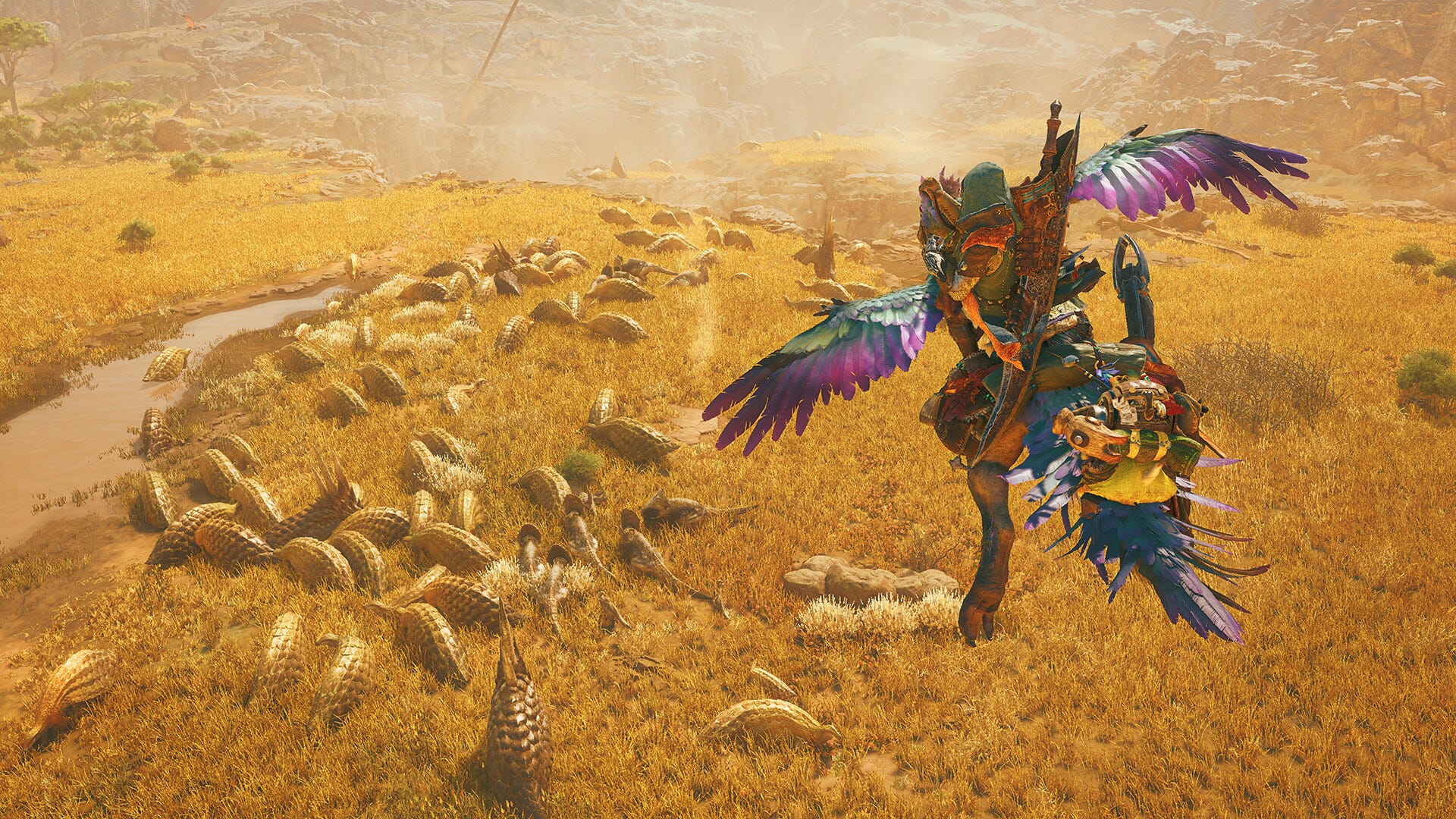
OSAMU-NAKAMURA.jpg?width=1920&height=1920&fit=bounds&quality=80&format=jpg&auto=webp#)






.png?#)


























